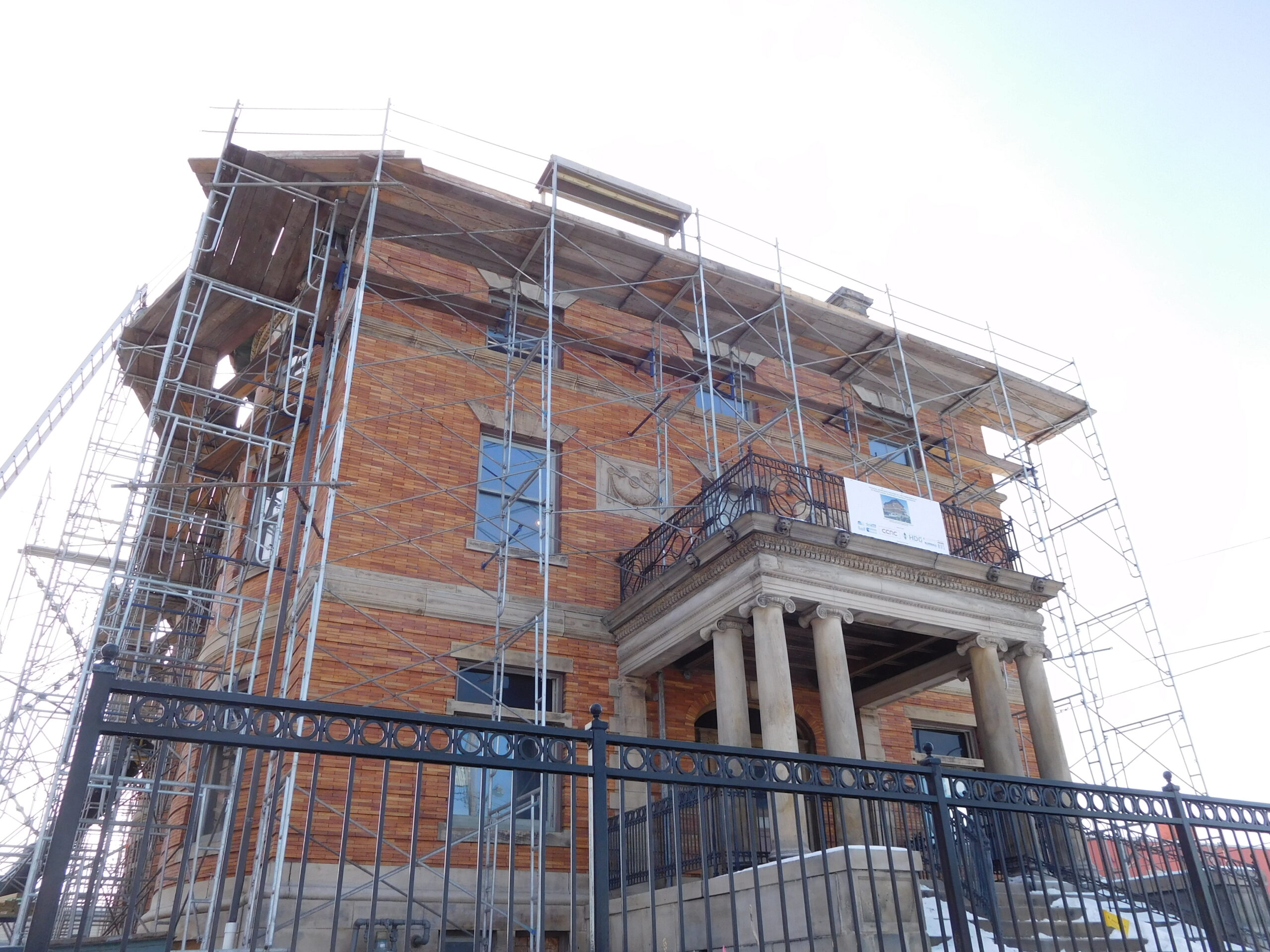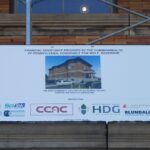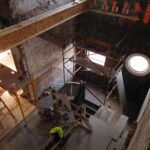INDUSTRY:
Higher Education
SERVICES:
Environmental
LOCATION:
Pittsburgh, PA
CLIENT:
Community College of Allegheny County
CCAC Allegheny Campus’ Chalfant Hall is one of the original mansions on what is known as Millionaire’s Row in the Allegheny West Historic District. The mansion was built around 1900 and is a four-story building and a Pittsburgh History and Landmarks Foundation’s Historic Landmark. The building was acquired by CCAC in 1981 and is to be converted into CCAC’s Center for Faculty Innovation to enhance academic culture and support innovations in teaching and career planning and will also be home to the CCAC Virtual Campus. Sci-Tek provided the following environmental services to support the renovations:
- Asbestos, Lead Paint, and Hazardous Materials Survey/ Universal Waste Assessment
- Collected asbestos (ACM) bulk samples and lead paint (LBP) chip samples in the suspected LBP areas and submitted samples to a National Voluntary Laboratory Accreditation Program / National Lead Laboratory Accreditation Program accredited laboratory for analysis.
- Performed a hazardous materials inventory for the property to identify Universal Wastes, including fluorescent bulbs, lighting ballasts, thermostats, exit signs, batteries, pesticides, and similar hazardous materials.
- Prepared a final report including identified ACM and LBP including location, type, condition and estimated quantities, sample methodologies, laboratory reports, and recommended response actions and Universal Wastes found within the building and recommended response actions.
- Prepared and certified specifications for abatement of asbestos-containing materials discovered during the sampling process, as well as advised on handling LBP and Universal Wastes that existed in the building.
- Phase I Environmental Site Assessment(to comply with financing requirements for the redevelopment)
- Reviewed reasonably ascertainable regulatory information published by federal, state, local, tribal, health, and/or environmental agencies and historical data sources for the subject site, including aerial photographs, topographic maps, fire insurance maps, city directories.
- Conducted an area reconnaissance and an environmental review—including a visual inspection of adjoining properties—with a focus on indications of hazardous substances, petroleum products, polychlorinated biphenyls (PCBs), wells, storage tanks, solid waste disposal pits and sumps, and utilities.
- Interviewed the current owner of the subject site and other persons with knowledge of the development history of the subject site.
- Prepared a written report of methods, findings, and conclusions.




